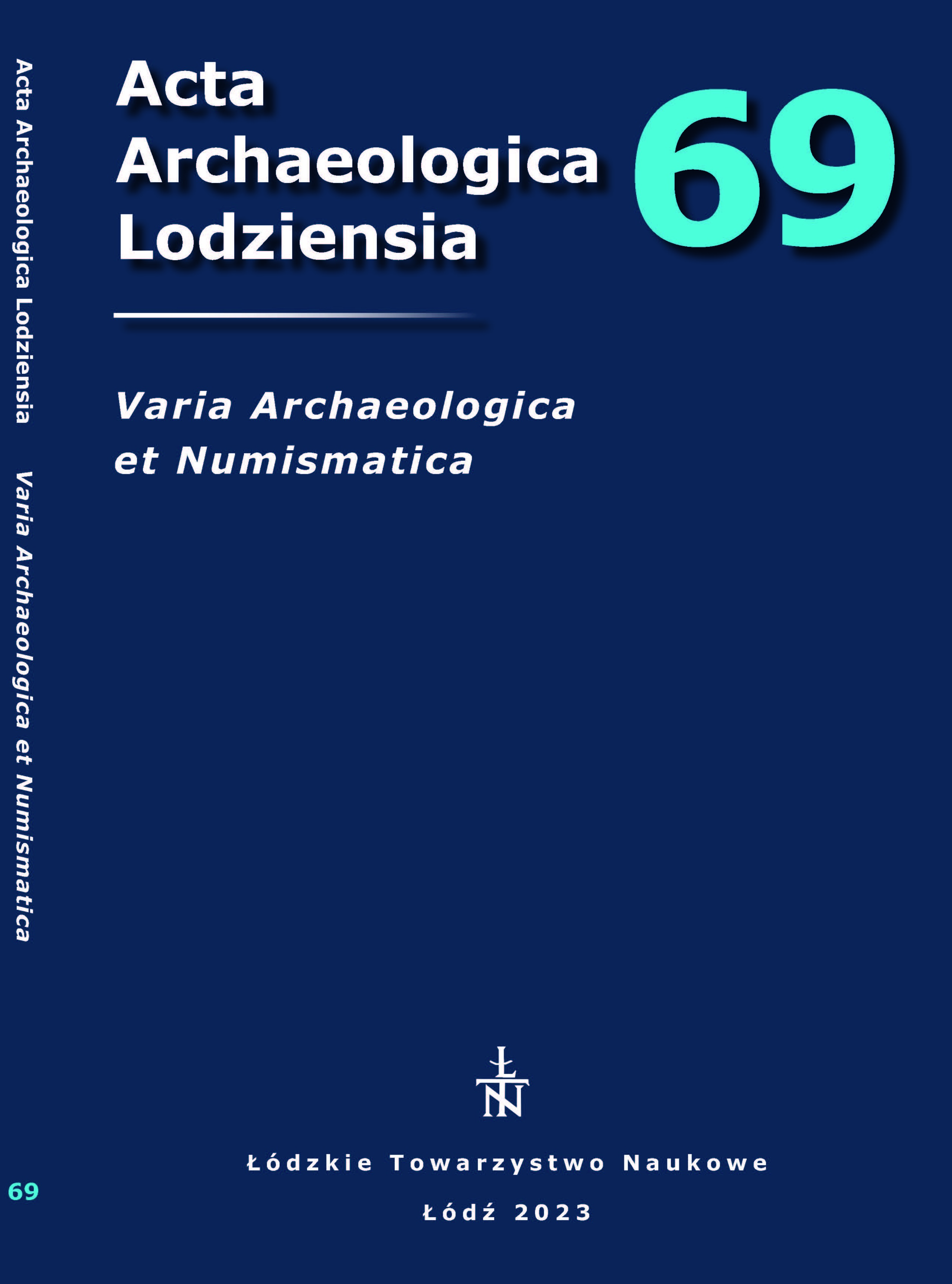An analytical study of pigments in Qing Dynasty murals of Longwang Temple, Xiazhuang, Xinrong district, Datong
DOI:
https://doi.org/10.26485/AAL/2023/69/12Keywords:
frescoes, pigments, SEM-energy spectroscopy, Raman spectroscopyAbstract
The frescoes of Xia Zhuang Longwang Temple in Xinrong District, Datong, were Ming Dynasty frescoes of the Qing Dynasty. To understand their pigment composition, this work used a combination of scanning electron microscopy-energy spectrometry and laser micro Raman spectroscopy to analyze the pigment samples. The results show that the murals of Xia Zhuang Longwang Temple are all inorganic pigments. The white pigment is hard gypsum, the red pigment is mainly cinnabar, the green pigment is alkaline copper chloride, the blue pigment is cobalt blue, the black and gray pigments are mainly carbon black, the pink pigment coloring component is iron red, and the yellow pigment contains coloring components cinnabar and lead. The results of the study are important for understanding the production process of folk murals and the use of pigments in the Qing Dynasty.
References
Hu Kejia, Bai Chongbin, Ma Linyan et al. 2013. Study on the pigment analysis of frescoes from the Northern Five Provinces Hall in Ziyang, Ankang, Shaanxi. Heritage Conservation and Archaeological Science, (4), 65-72.
Lei Y, Cheng S-L, Yang H. 2010. Study on the use and preservation of imported blue pigment Smalt in the color paintings of Jianfu Palace in the Forbidden City. Journal of the National Palace Museum, (4), 140-156.
Wang Jinyu & Wang Jincong 2002. The application and origin of copper green pigments in Dunhuang caves. Dunhuang Studies, (4): 23-31.
Wang Xiongfei, Yu Traveling Kwai 2008. Handbook of mineral color use. Beijing, People’s Art Publishing Color.
Xia Yin, Wang Weifeng, Liu Linxi et al. 2007. Microscopic analysis of pigments from frescoes at the Fuxi Temple, Tianshui, Gansu Province. Heritage Conservation and Archaeological Science, 19 (2): 41.
Yan H., Sun K., Tang J. et al. 2019. Scientific and technological analysis of the pigments of the mural paintings in the tomb of King Yi of the Ming Dynasty Zhou. Huaxia Archaeology, no. 2.
Zheng Tengteng 2011. Research Techniques on the Artistic Expression of Painting and the Use of Mineral Colors in Tang Tomb Murals. Hangzhou, China Academy of Fine Arts.
Zhou G.X. 1984. X-ray diffraction analysis of ancient fresco pigments.(3), 1-4.
Downloads
Published
How to Cite
Issue
Section
License
Copyright (c) 2024 Łódzkie Towarzystwo Naukowe

This work is licensed under a Creative Commons Attribution-NonCommercial-NoDerivatives 4.0 International License.



